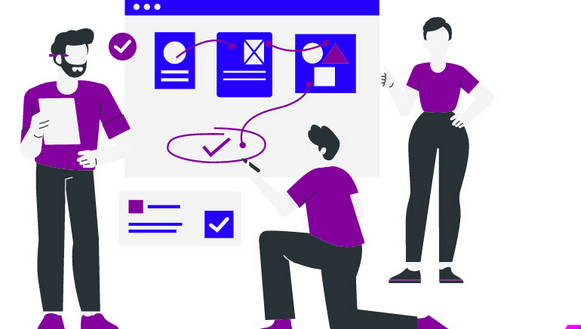Prototyping is definitely an exciting element of merchandise growth, but it could also be perplexing and mind-boggling, specifically beginners. A prototype is really a tangible counsel of the concepts that you can use to evaluate, analyze, and improve your product or service prior to moving forward with building a prototype production. With this beginner’s guide, we’ll walk you through the many stages of prototyping and offer guidelines on how to produce a prototype that meets your requirements.
1. Making Style Specs
The initial step in developing a prototype is always to generate design requirements. These specs function as a guideline for the prototype maker and include details including materials, dimensions, and specific features your prototype needs to have. Think about starting with a difficult draw or perhaps a personal computer-assisted design and style (CAD) to assist you to far better picture your design and style. Be as thorough as you can with your layout requirements to ensure that your producer can create a prototype that fits your requirements.
2. Picking the right Manufacturing Method
The next step is to choose the producing method that works best for your project. This determination is dependent upon different factors including the intricacy of your respective layout, the types of materials you’re making use of, and your price range. Some popular manufacturing approaches include three dimensional printing, shot molding, and CNC machining. Study every method and consult with a specialist to assist you to make the best choice for the task.
3. Selecting the most appropriate Supplies
Materials used in your prototype will significantly impact the end product’s quality and durability. Choose supplies that can easily be bought, straightforward to use, and correct with their representation in the closing product. Your materials alternatives may depend upon your financial allowance, marketplace requirements, and developing approach. Some popular resources found in prototyping involve plastic, metallic, hardwood, and rubber.
4. Testing and Refining
Once you have a prototype, it’s necessary to test it to make sure that it satisfies your specs and efficient needs. This can be achieved by performing several tests and assessments on the prototype, which includes fit, features, and durability exams. Based on the testing outcomes, you may need to refine your prototype, which will help boost its features and general performance.
5. Looking at and Changing
The last stage would be to take a look at prototype to make required adjustments. Right after carrying out several exams and testimonials, you will have a much better idea of your product’s weaknesses and strengths. Take advantage of this understanding to further improve your prototype just before advancing with generation. Look at getting opinions from prospective customers or even a concentration class to acquire distinct views on the way to make enhancements.
Simply speaking
Producing a prototype is definitely an thrilling and needed part in merchandise improvement. It lets you examination, examine, and polish your ideas well before advancing with creation. By simply following the steps outlined in this particular beginner’s guideline, you could make a prototype which fits your requirements and practical demands. Make sure you take some time, choose the right manufacturing method, and choose the proper supplies. Check and perfect your prototype based upon your conclusions and change consequently. With determination and perseverance, you can create a prototype that does not only fits your needs but surpasses your anticipations.
